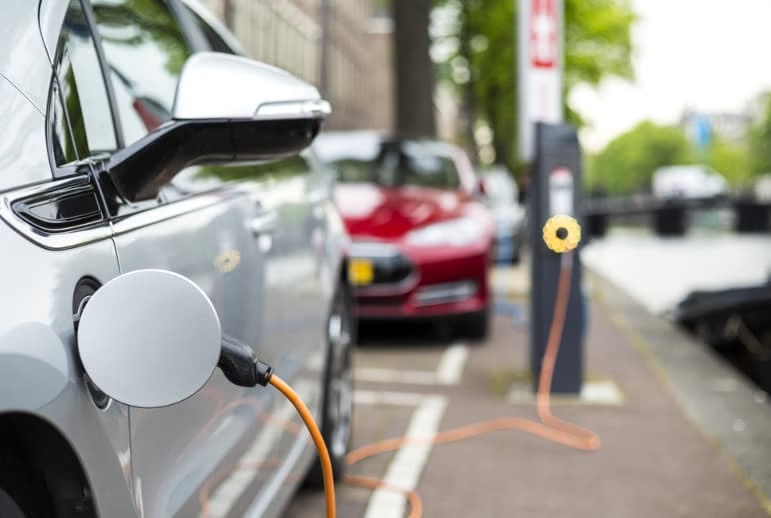Many new energy vehicle owners will encounter such confusion when using fast charging: the charging pile is clearly marked with 120kW, why is the actual power only 60kW? Why does the speed slow down significantly after the power is charged to 80%? Is the charging pile “cutting corners” or is there something else hidden? Today, we will uncover the scientific principles behind the fast charging of new energy vehicles.
I. Fast charging is a “double dance” of car-pile collaboration. The fast charging process is like a precise double cooperation: 1. Handshake stage: After plugging in the gun, the charging pile first provides low-voltage electricity to wake up the vehicle’s “brain” (BMS battery management system) 2. Information exchange: BMS will tell the charging pile: “The maximum power I can accept is XXkW, and the voltage range is XX-XX volts” 3. Real-time regulation: During the charging process, BMS will continuously monitor the battery status and dynamically adjust the charging parameters. Simply understand: the charging pile is a water plant, and the BMS is a smart faucet at home. The final amount of water output is determined by both.
II. Three stages of charging speed change Charging power is not constant, and usually goes through three typical stages: 1. Rapid climbing period (0-50% power) The battery is in a “hungry state” and the power quickly climbs to the peak, which is equivalent to the acceleration of a sprinter at the start 2. Steady decline period (50-80% power) The power begins to slowly decrease, similar to the long-distance runner adjusting the breathing rhythm. This is the BMS protecting the battery health 3. Fine finishing period (80-100% power) The power is greatly reduced, just like pouring beer at the end. You have to slow down to ensure that each battery cell can be evenly charged.
III. Three golden rules for scientific charging 1. Power management Keep 30%-80% power in daily use. It can be fully charged for long-distance travel, but it does not have to be 100% every time. Lithium iron phosphate batteries can be fully charged once a month to calibrate the power 2. Temperature control Preheat the battery before charging in winter (supported by some models) Avoid high temperatures during midday in summer Fast charging Try to park in a cool place when charging 3. Equipment selection Choose a charging pile that matches the vehicle 800V high-voltage platform models give priority to supercharging piles Pay attention to the temperature of the charging gun line (overheating will limit the speed)
IV. The truth about battery life 1. Battery life is calculated as “full cycle” (0-100% counts as 1 time) 2. Charging from 30% to 80% only counts as 0.5 cycles 3. Shallow charging and shallow discharge can extend battery life
V. Other factors affecting charging speed Differences in battery materials (ternary lithium vs. lithium iron phosphate) Charging pile heat dissipation performance Grid voltage stability Cable transmission loss
Next time you charge, you may wish to observe: When the power reaches about 80%, does the charging power drop like a slide? This is the battery management system silently protecting your car. Remember: charging is not the faster the better, scientific charging can make the battery healthier and longer-lasting!
















Leave a Reply